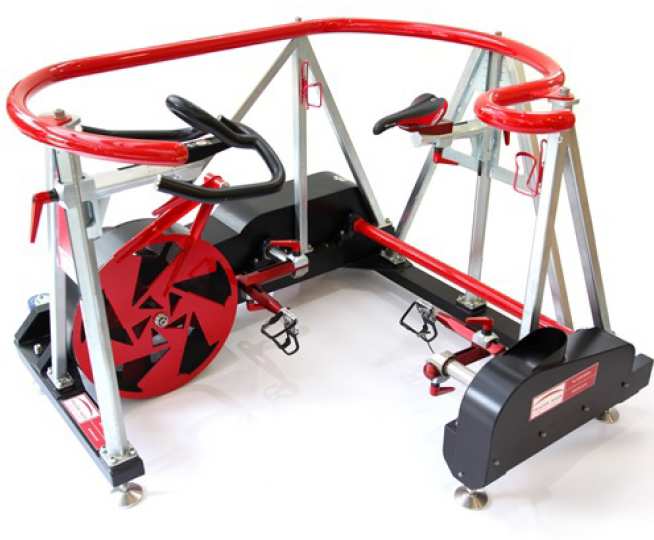Chris Guyott is engineering director at Frazer-Nash which has eight UK offices and three in Australia.
What did you learn during your time at Imperial, in class and out?
“Clearly a large element of learning was directed at the technical skills that a professional engineer requires. However, beyond that I’d highlight two things that have been important to my career. Firstly how to analyse a problem and come up with a pragmatic solution, whether it is technically based or not, I believe engineers are good at coming up with good solutions in the absence of all the information that might be desired. Secondly, I believe the business related elements of the course were very valuable. While I still do use my technical knowledge it is somewhat less frequent these days, however the modules that I did on behaviour of organisations, management and leadership etc. feature daily in my current role.
Outside of class it was great to be based in London and with people from different backgrounds and cultures.”
What are some of your fondest memories of Imperial College?
“As an undergrad I spent a lot of time working on Bo (a veteran car built in 1902 and the City & Guilds building mascot at Imperial College since 1933) and was co-driver for two trips to Brighton. I have good memories of driving Bo around London including supporting the City & Guilds Union’s carol singing outings at night (quite an undertaking with acetylene lights and breaking down in the Hyde Park Corner underpass).”
What jobs have you done since graduation?
“Straight after graduation I went back to British Aerospace (now BAE) to complete my undergraduate apprenticeship. At the end of the apprenticeship I became a structural engineer working on composite structures. During the time with British Aerospace I had remained in contact with Imperial College, resulting in me embarking on a research project into methods for testing adhesive joints used in aircraft structures. This was done under the supervision of Peter Cawley (I was the first to join his NDT research group) whilst at the same time being sponsored by British Aerospace. I enjoyed this immensely, at the time it felt like an ideal mix of activities, comprising academic research mixed with developing techniques that would be used by industry.

Today Frazer-Nash employs over 650 staff, the majority of whom are engineers and scientists, with eight offices in the UK and three in Australia. I am currently the engineering director which includes being ultimately responsible for the technical staff we employ today but also making sure we find the people we need to grow the services and the business in the future. About a third of our business is still high end engineering analysis, another third deals with the wide range of systems engineering and design issues that manufacturing and procurement organisations face, the remainder is focused on assurance and the safe operation of large and complex systems. We continue to believe that engineers need to understand the technical nature of the problems they are solving alongside the commercial and financial constraints of our clients and the business.”After completing my PhD I joined Frazer-Nash Consultancy as a mathematical modeller and am still with them today. At the time I joined Frazer-Nash there were less than 30 employees who were mainly involved in engineering analysis. I found it a very exciting and dynamic atmosphere using the techniques I had learnt at Imperial to solve a variety of technical problems. One thing that I hadn’t expected was the buzz I got from the commercial and project management responsibilities that came alongside the technical work.
What would be your advice for current students?
“Make the most of the varied opportunities that you get, particularly ones that stretch you outside of your comfort zones and or the day to day work you are doing, you never know where that experience might lead.”